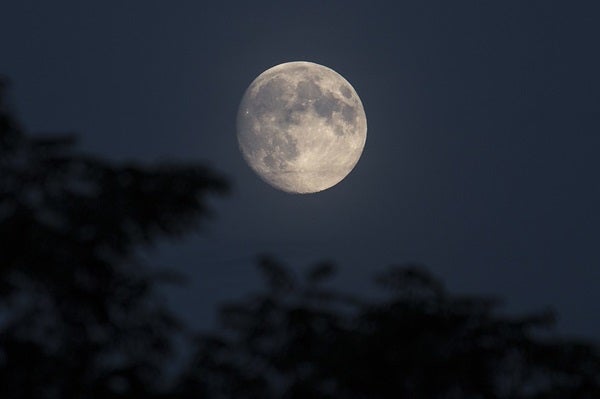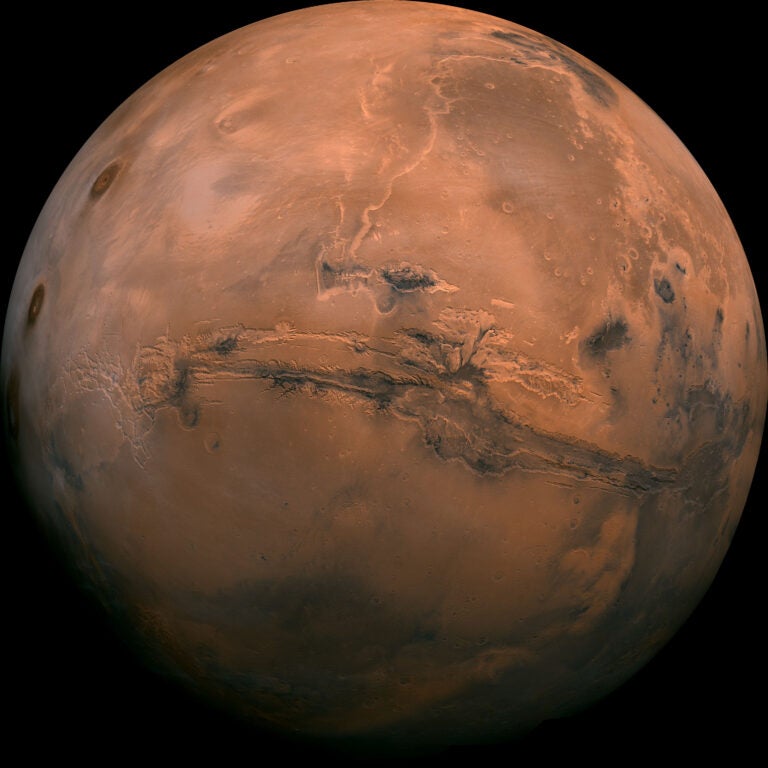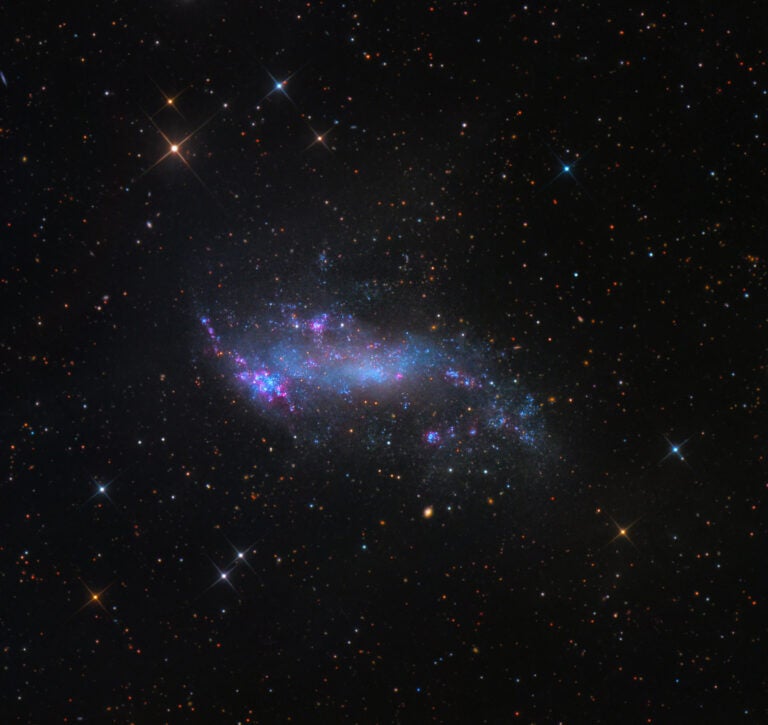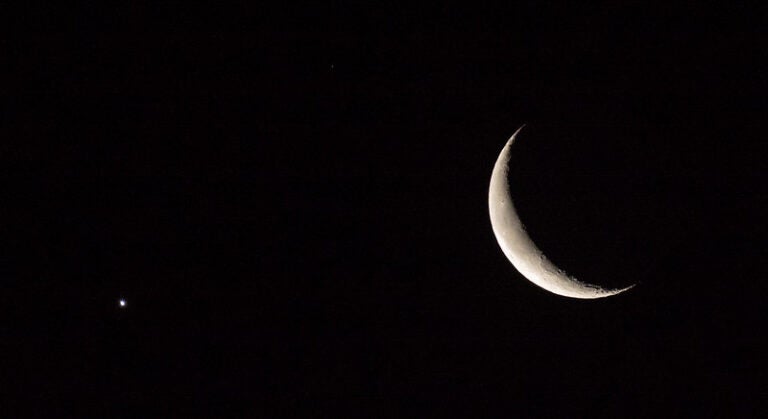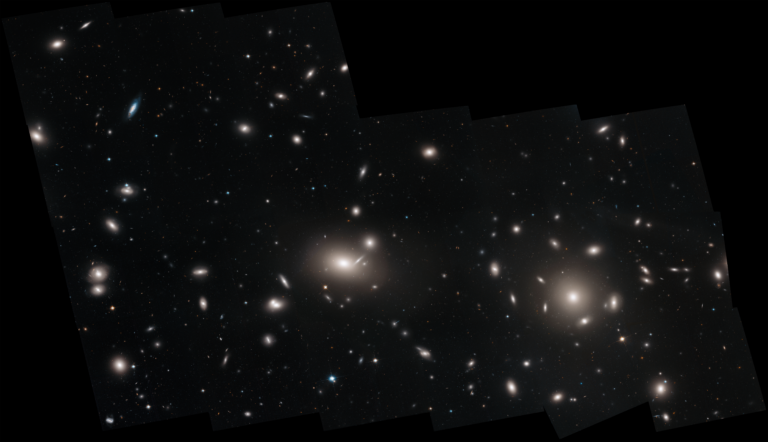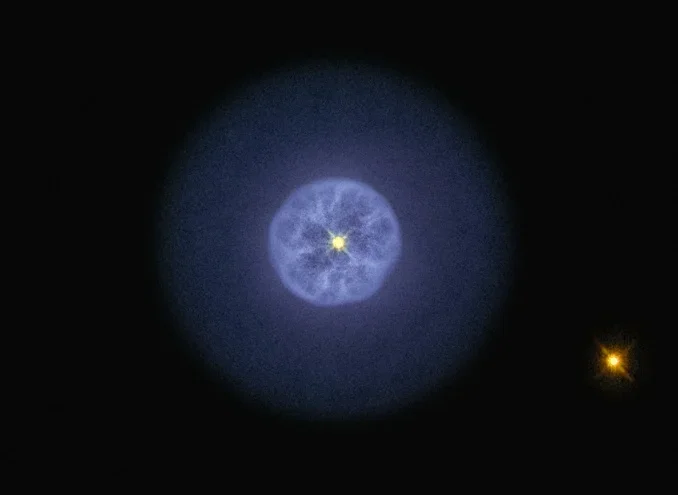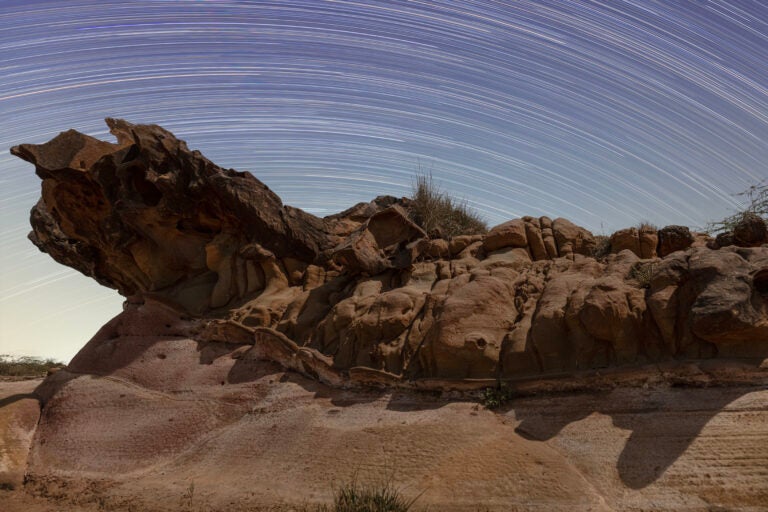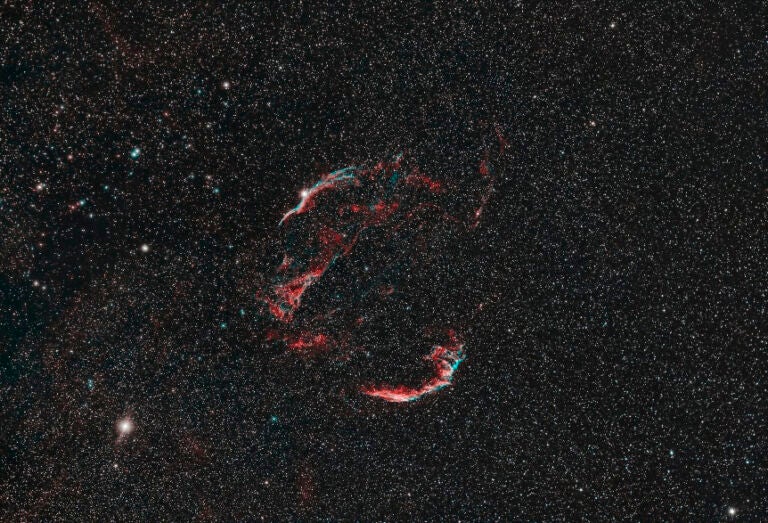Less than a week after what some people are calling the biggest presidential election of our lifetimes, the biggest Full Moon of this young century will blaze across the night sky. From the time the Moon rises near sunset on the evening of November 13 until it sets at dawn the next morning, the glowing orb will loom over the landscape as it hasn’t since the Cleveland Indians last won the World Series.
This so-called Super Moon arises because the Moon reaches its Full phase just 2.5 hours after its closest approach to Earth of 2016. Full Moon arrives precisely at 8:52 a.m. EST on November 14. Perigee — the point in our satellite’s monthly orbit when it comes closest to Earth — comes at 6:21 a.m. EST. The Moon then lies 221,524 miles (356,509 kilometers) from our planet as measured between the centers of the two objects. Take the sizes of the two into account and the distance between their surfaces shrinks by a bit more than 5,000 miles (8,000 kilometers).
As if this isn’t impressive enough, the Moon hasn’t come this close to Earth since January 26, 1948, when it was 30 miles (48 kilometers) nearer. And it won’t be this close again until November 25, 2034. So, this Super Moon truly is a rare and special event.
Despite these impressive numbers, however, this month’s Full Moon won’t look all that different from a typical one. Its apparent diameter will be 0.56° (33.5 arcminutes), which is 7 percent larger than normal. And it will appear nearly 15 percent brighter than a typical Full Moon. Yet these differences are barely noticeable to the naked eye under the best conditions, and even harder to discern when you try to compare the Moon’s appearance across several months.
Another complicating factor is that a Full Moon always looks bigger when it lies near the horizon and your mind compares it with familiar objects nearby — even though it is a few thousand miles closer and thus slightly larger when it passes overhead. For this reason, people in North America will perceive the Moon looking biggest as it gets ready to set before dawn on the morning of the 14th.
You can watch live coverage from Slooh.com here. You can also send in photos, talk to other viewers, and control Slooh’s telescopes.

